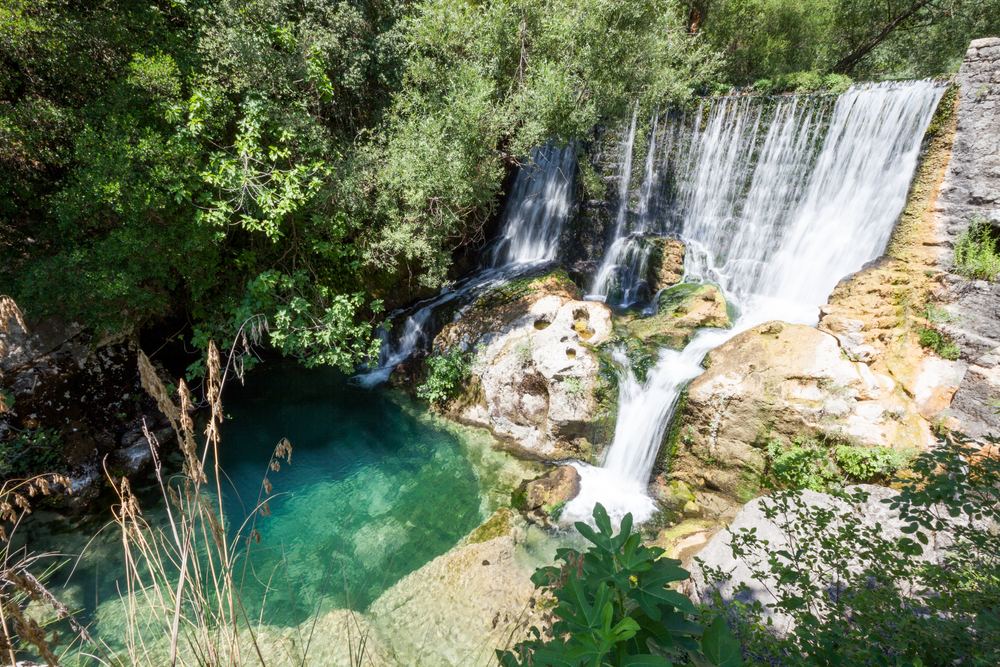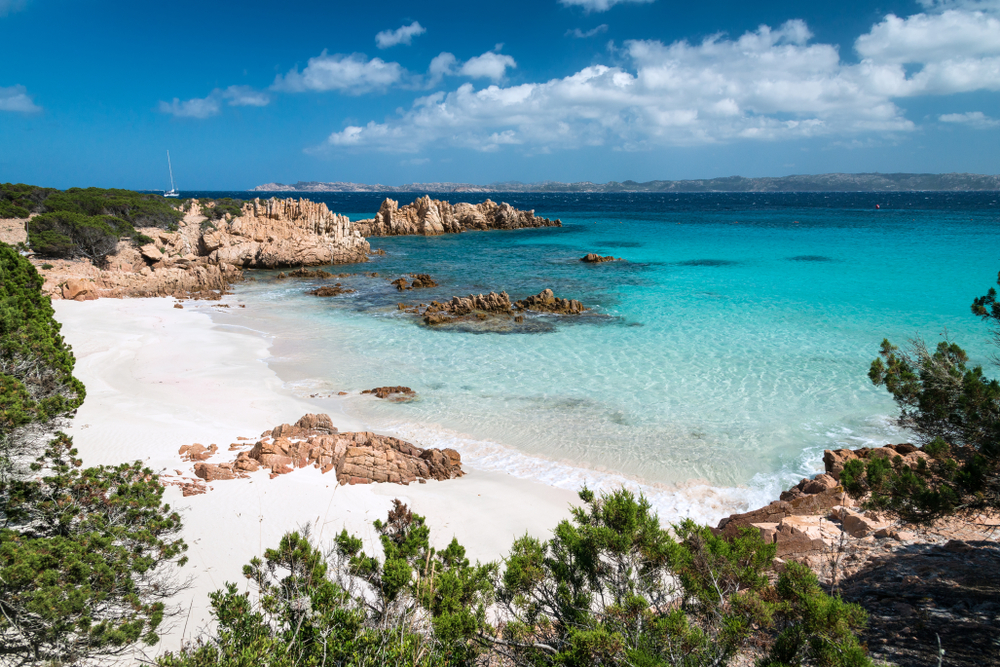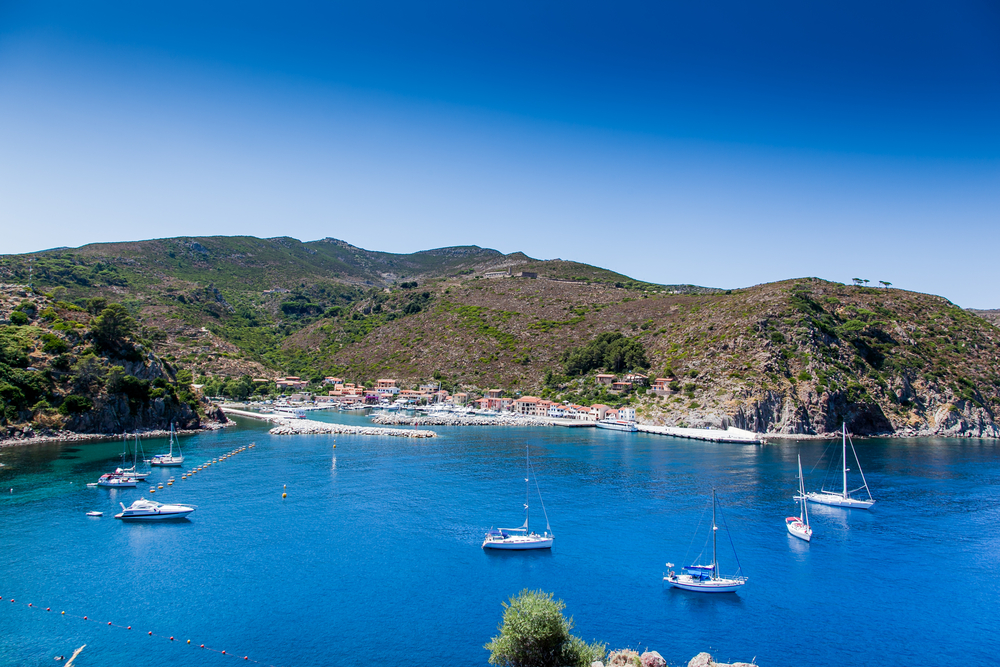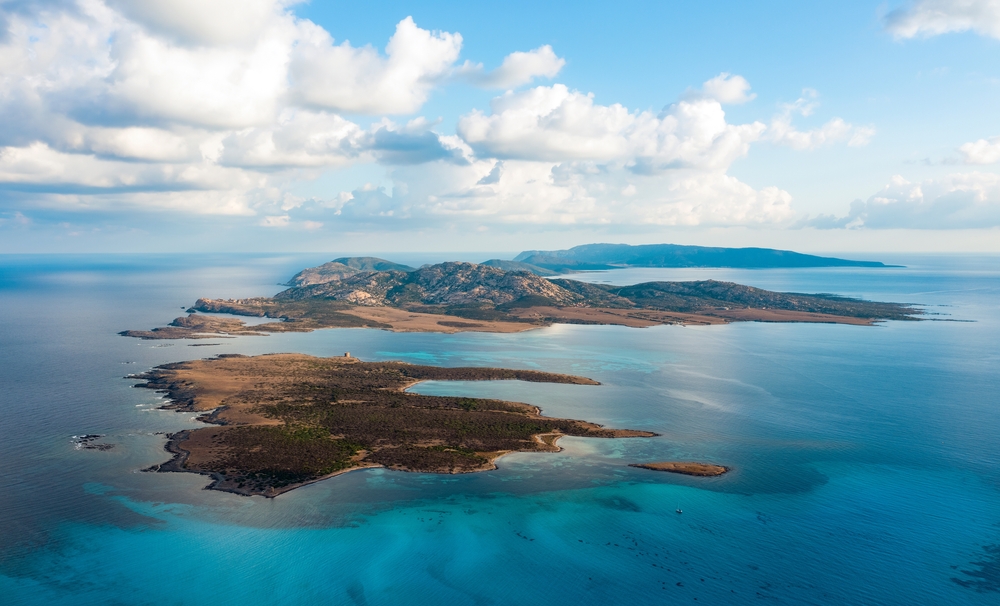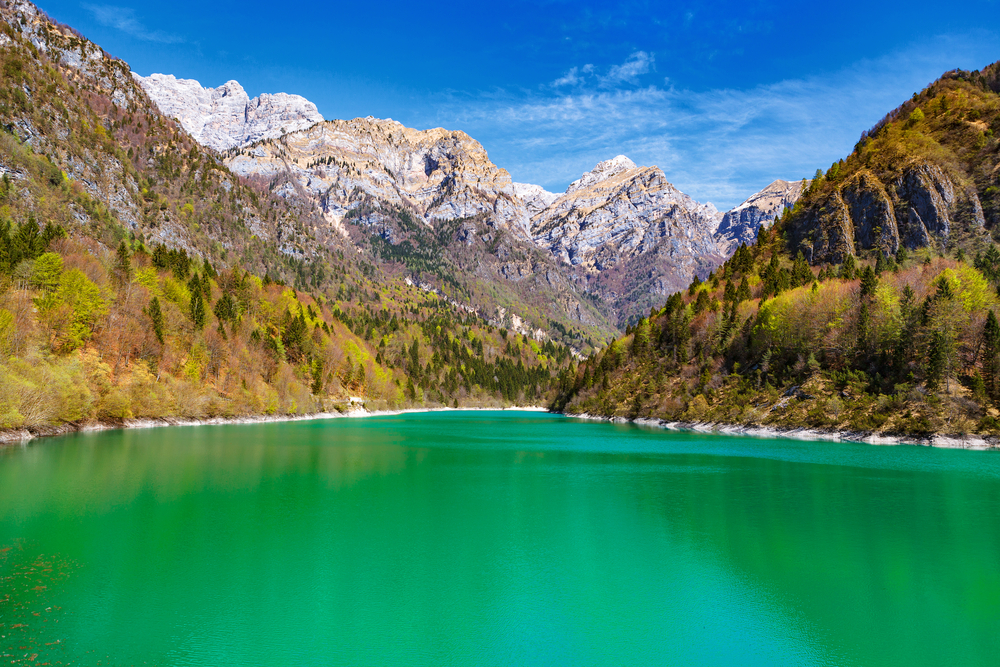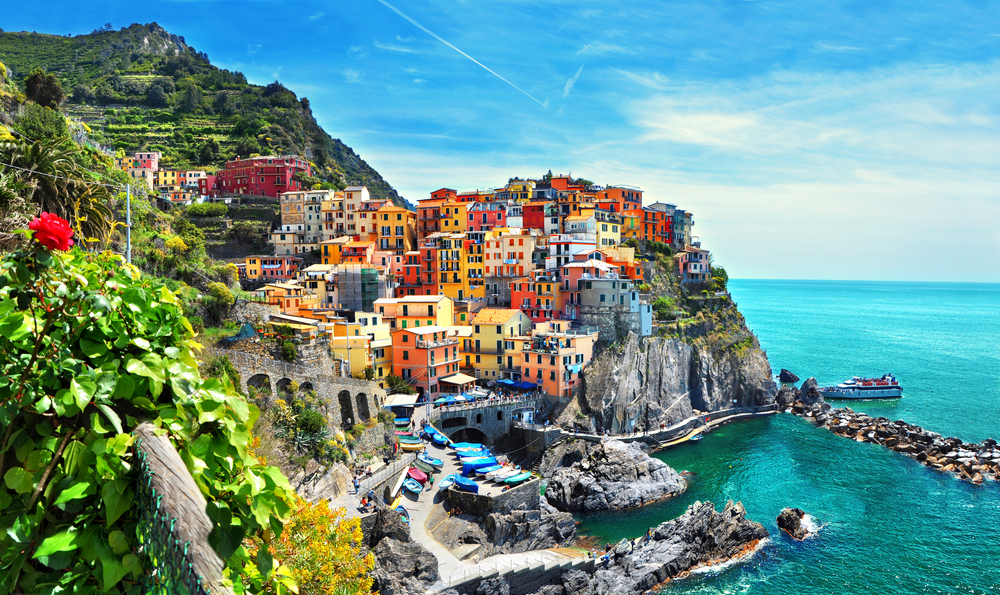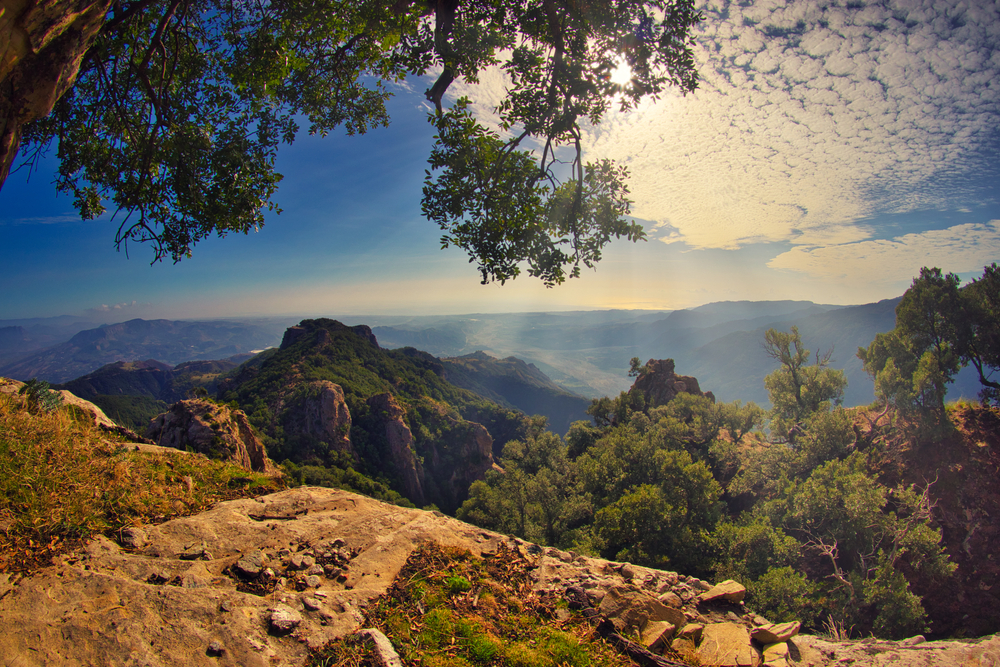Circeo Overview
Circeo National Park, known in Italian as Parco Nazionale del Circeo, is located in the Lazio region of central Italy, along the Tyrrhenian Sea. Covering approximately 21 square miles (55 square kilometers), the park was established in 1934 and is one of the oldest protected areas in Italy.
Unlike many national parks that are centered around mountainous terrain, Circeo National Park is unique in that it preserves one of the last remaining portions of the Pontine Marshes, an area rich in biodiversity and historical significance.
The park extends from the coastal dunes and beaches along the sea to the promontory of Mount Circeo, which rises to 1,775 feet (541 meters) and dominates the landscape. The terrain also includes forests, wetlands, and small islands, making it an ecologically diverse area.
The park’s landscape is characterized by a mix of coastal and inland ecosystems. The sandy beaches along the Tyrrhenian coast transition into a belt of ancient sand dunes, which give way to the Mediterranean maquis vegetation, a mix of shrubs, evergreen trees, and aromatic plants such as myrtle, rosemary, and juniper.
One of the most prominent features is Mount Circeo, a limestone promontory that is steeped in mythology and is said to have been the home of the enchantress Circe from Homer’s Odyssey.
Beyond the mountain, the park includes extensive wetlands, including Lake Paola, one of the four coastal lakes that provide crucial habitat for a variety of species. The forested area, known as the Selva di Circe, is one of the largest remaining lowland forests in Italy and is home to ancient oaks, cork trees, and wild pines.
Circeo National Park is a haven for wildlife, hosting a wide array of species that thrive in its varied ecosystems. The park is home to wild boar, foxes, European badgers, and hedgehogs, while smaller mammals such as dormice and weasels are also common in the dense forests.
Birdwatchers are particularly drawn to the wetlands, where they can spot flamingos, herons, egrets, and cormorants. Raptors such as peregrine falcons, kestrels, and buzzards can be seen soaring over the cliffs of Mount Circeo. The coastal waters also provide a habitat for marine species, including dolphins and a variety of fish.
Visitors to Circeo National Park have many ways to experience its natural beauty. Hiking and trekking trails crisscross the park, with routes leading up Mount Circeo providing breathtaking panoramic views of the Tyrrhenian Sea and the surrounding coastline. Cycling and horseback riding are popular in the Selva di Circe, where shaded paths wind through the forest.
The park’s wetlands and lakes are ideal for canoeing and kayaking, offering a chance to explore the serene waterways and observe wildlife up close. The beaches provide opportunities for swimming and sunbathing, while the surrounding sea is excellent for snorkeling and diving. Additionally, the park’s history and legends make it a fascinating destination for cultural exploration, with archaeological sites such as the Grotta Guattari cave, where Neanderthal remains were discovered.
Conservation efforts in Circeo National Park have been focused on preserving its delicate ecosystems, particularly the wetlands, which are vital for migratory birds. The park has successfully restored parts of the Pontine Marshes that were drained in the early 20th century, bringing back native flora and fauna.
However, challenges remain, including habitat fragmentation, pollution, and climate change. Efforts to manage tourism sustainably and control invasive species are ongoing to ensure that the park remains a refuge for wildlife and a place of natural beauty for future generations.











































































